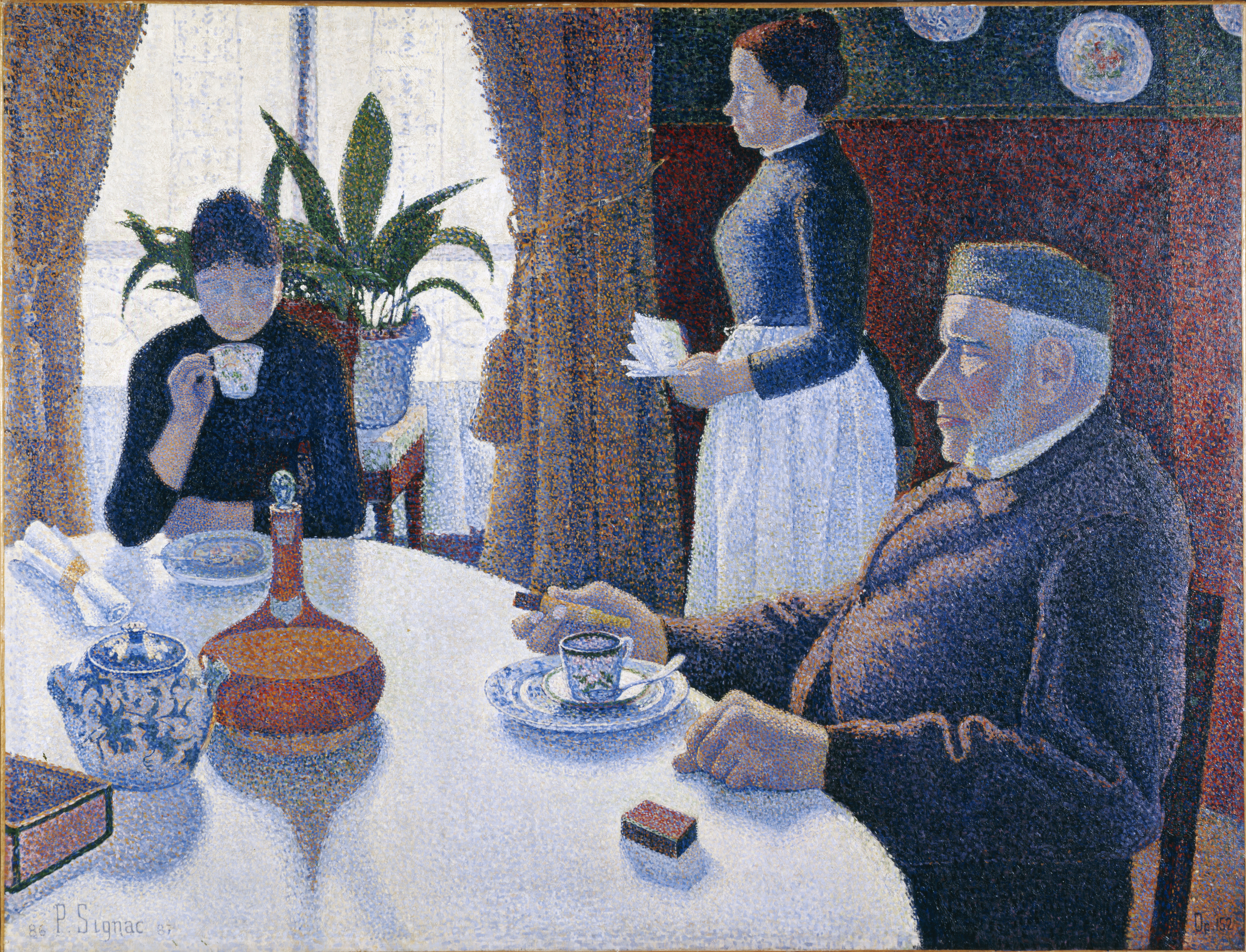By the time you get to the end of the Divisionism exhibition, now showing at the National Art Center Tokyo, you realize that this strand in the history of art is more about the journey than the destination. It's like traveling through a world that becomes increasingly less realistic but nevertheless interesting, only to arrive at the artistic equivalent of a drab, uninspiring office block.
Sourced from the Kröller-Müller Museum in the Netherlands, the exhibition starts with beautiful Impressionist works, by Claude Monet and Alfred Sisely, then focuses on how artists progressively broke apart the elements of painting, until we reach the minimalism of the later works of Piet Mondrian, a Dutch artist who limited his expression to a grid of black lines on white, with some blocks filled in with primary colors.
Considering how arid and artistically unsatisfying the final destination of this artistic odyssey is, you could be forgiven for wanting to view the exhibition in reverse. Indeed, by starting with Mondrian and proceeding through the exhibition back to Monet, I was able to get a more satisfying sense of artistic progress, although one that ran counter to actual art history.



